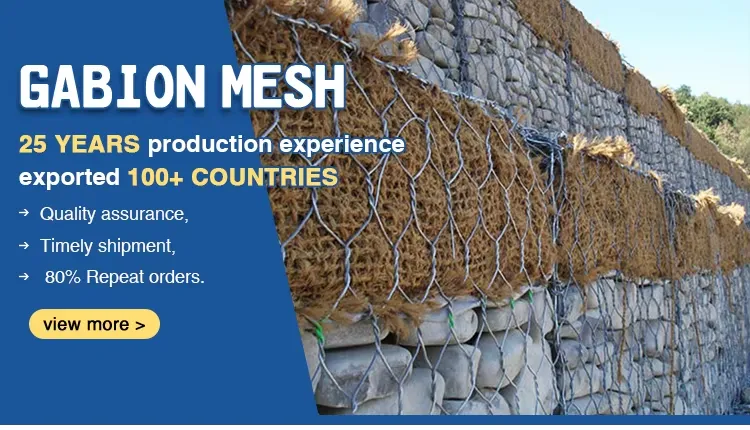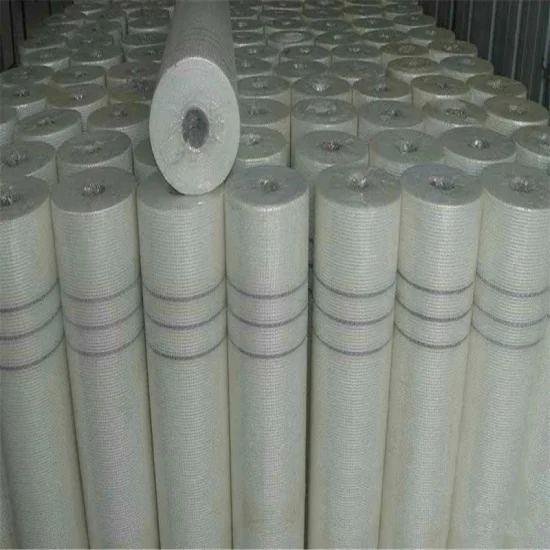Jan . 25, 2025 21:42 Back to list
serrated steel grating


Trustworthiness is further established through the success stories and testimonials of industries that have integrated serrated steel grating into their safety protocols. Case studies reveal that construction companies that opted for this material reported a marked decrease in slip-and-fall incidents, often citing enhanced worker morale and satisfaction as a byproduct of improved workplace safety. Similarly, feedback from stakeholders in the petrochemical industry suggests that serrated steel grating contributes to reduced downtime by facilitating smoother operations in challenging environments. Moreover, the adaptability of serrated steel grating extends to various applications, from pedestrian walkways to high-traffic industrial platforms. Its versatility is evidenced by its presence in both indoor and outdoor settings, adapting seamlessly to different environmental conditions. This flexibility not only makes it a practical choice but also signifies its cost-effectiveness, as businesses need not invest in multiple specialized materials for different sections of their facilities. In conclusion, serrated steel grating stands as a benchmark of safety and efficiency in industrial materials. Its unique combination of expert manufacturing, adherence to authoritative standards, and proven track record of trustworthiness make it an invaluable asset in settings that demand high safety standards. As demand continues to rise, companies and industry professionals who have yet to explore this solution may find themselves aligning with an innovative standard that addresses safety with both efficacy and economy.
Latest News
-
Brick Mesh Wall Solutions | Enhanced by GPT-4 Turbo Design
NewsAug.01,2025
-
Premium Anti-Climb Fence Spikes for Sale
NewsAug.01,2025
-
Premium Peach Post Fence | Durable & Stylish Security
NewsJul.31,2025
-
Best Galvanized Grating Price - Durable Galvanized Steel Grating Solutions
NewsJul.30,2025
-
0.5-4.0mm Wire 2×2 4×4 8×8 Hot Dipped Galvanized Welded Mesh Roll
NewsJul.30,2025
-
Metal Fence Pickets for Sale – Durable Galvanized & Steel Options
NewsJul.29,2025
Our company owns has excellent CAD steel grating drawing designers, who can provide customers with perfect steel grating layout design and better meet customers' special requirements for products. We have been adhering to it the business tenet of "quality first, customer first", with high-quality products, reasonable prices, and the fastest delivery time, we wholeheartedly provide customers with a full range of services! Welcome new and old customers to cooperate sincerely and create brilliance together!
Contact Us
WELCOME TO OUR COMPANY!
Thank you for your interest in our services! If you have any questions or wousld like to book a service, please don’t hesitate to contact us. Our team is dedicated to providing you with the highest level of service and support, and we are committed to working with you to make your event a success.

Service Email

Service Phone
Product Center
Contact Us
- Phone: +86 +86 15733154345
- E-mail: sales@chengsenchina.com
- Address: B1213 GLOBAL CENTER, NO.226 ZHONGHUA NORTH STREET, SHIJIAHUANG, CHINA


























